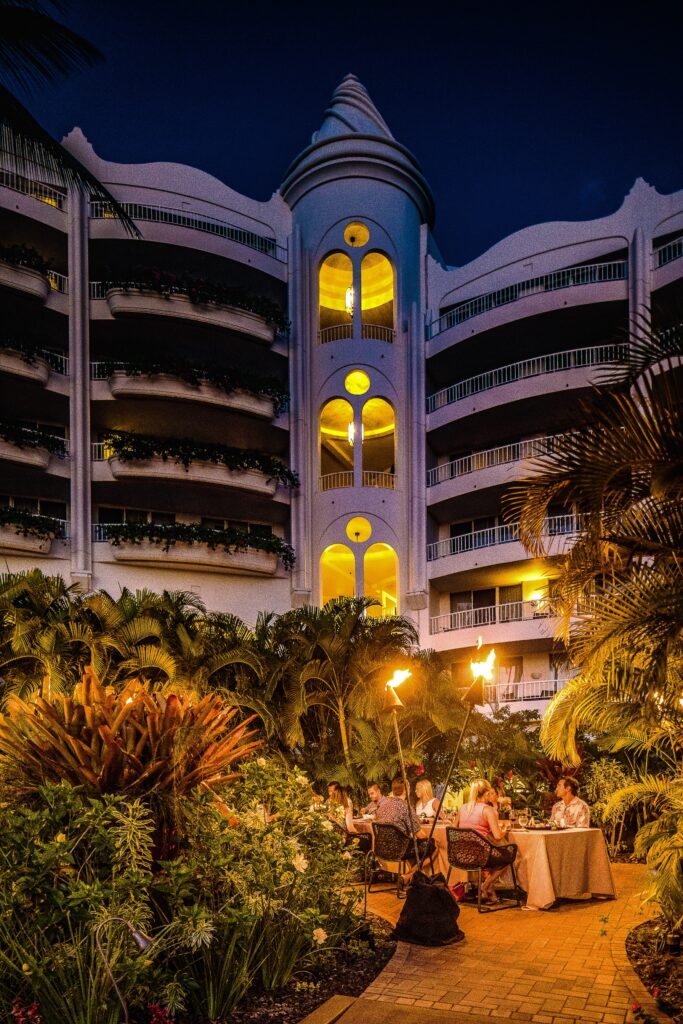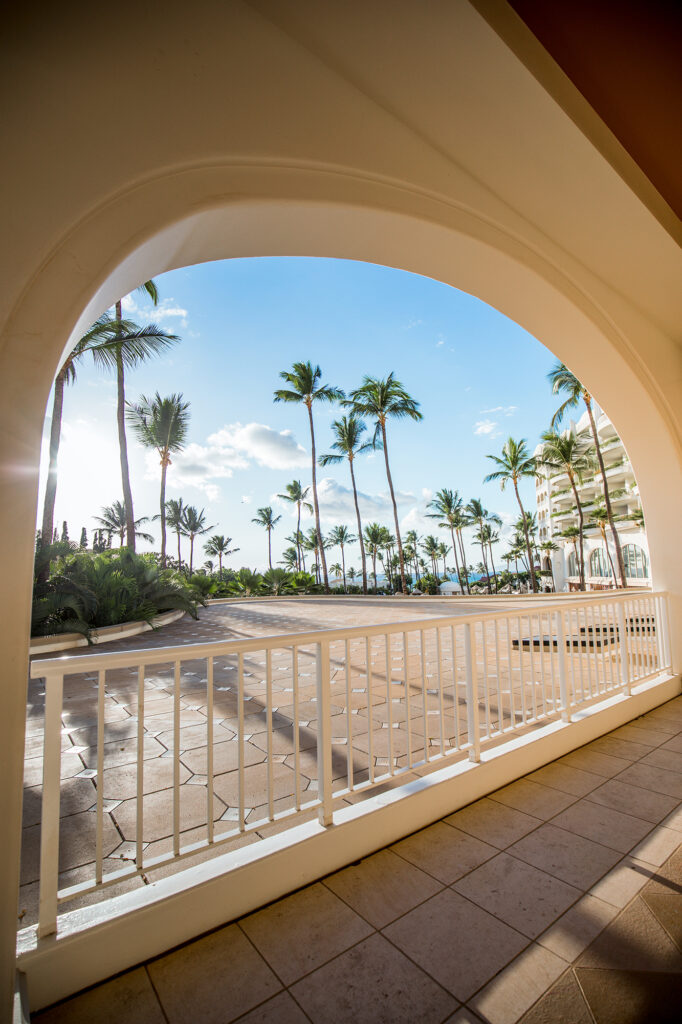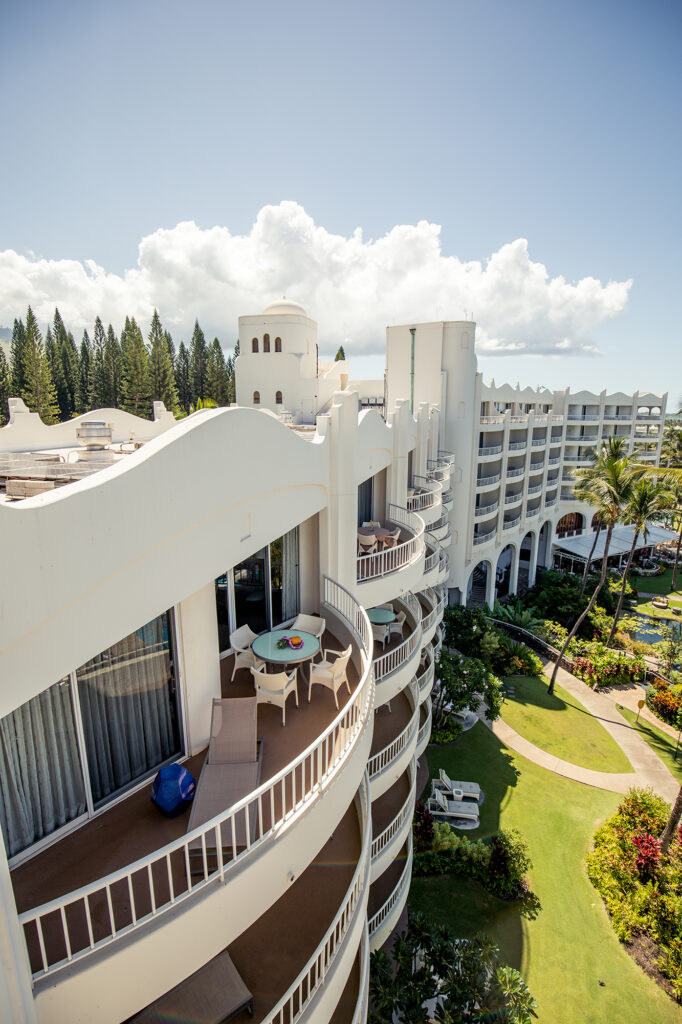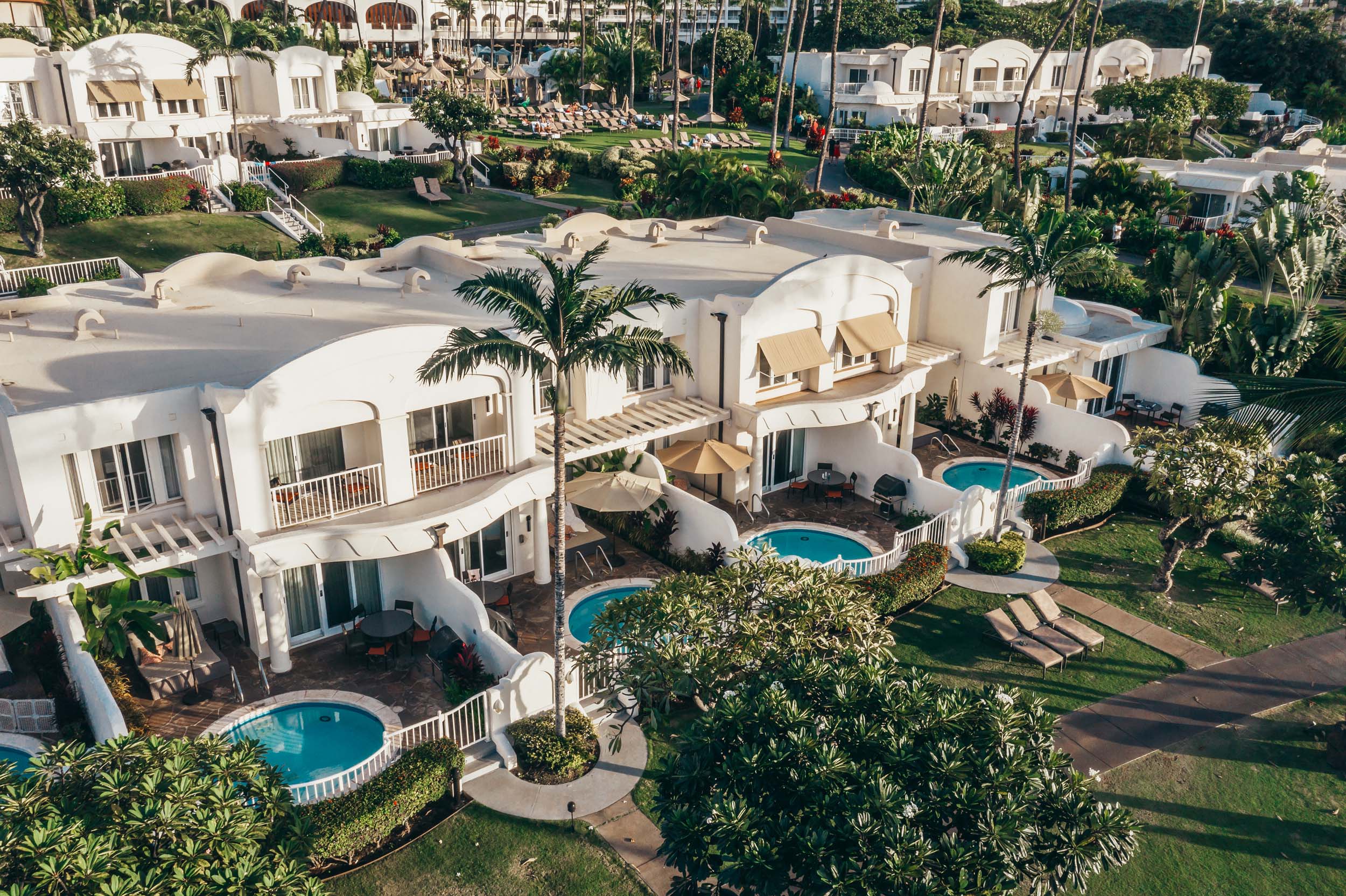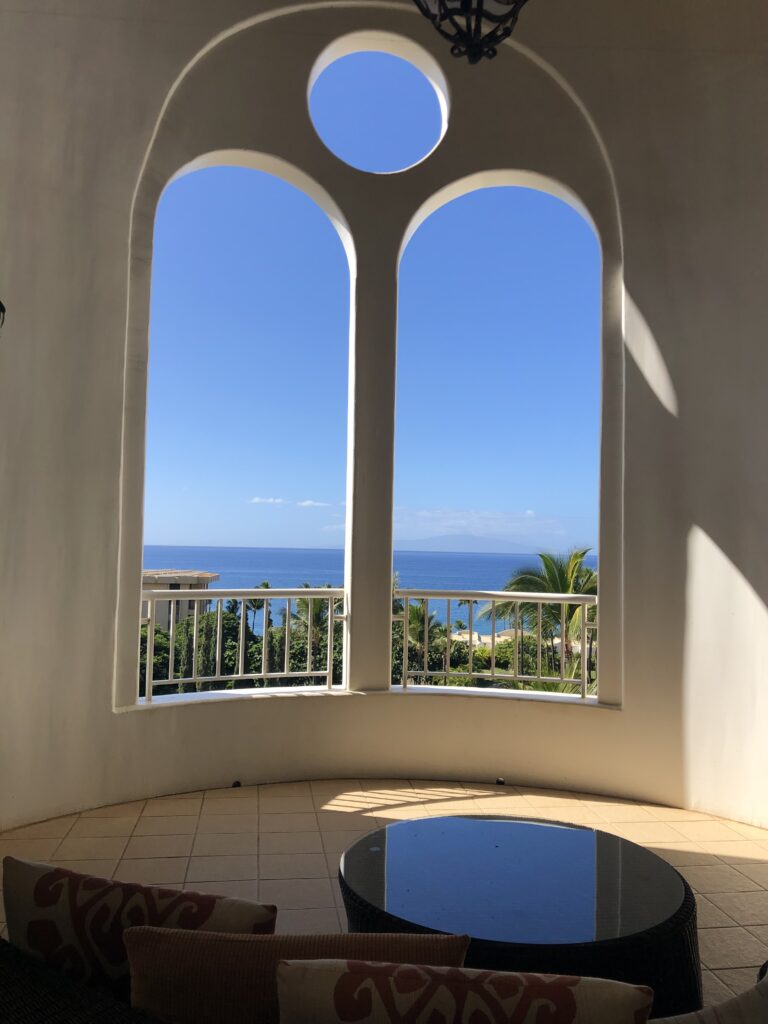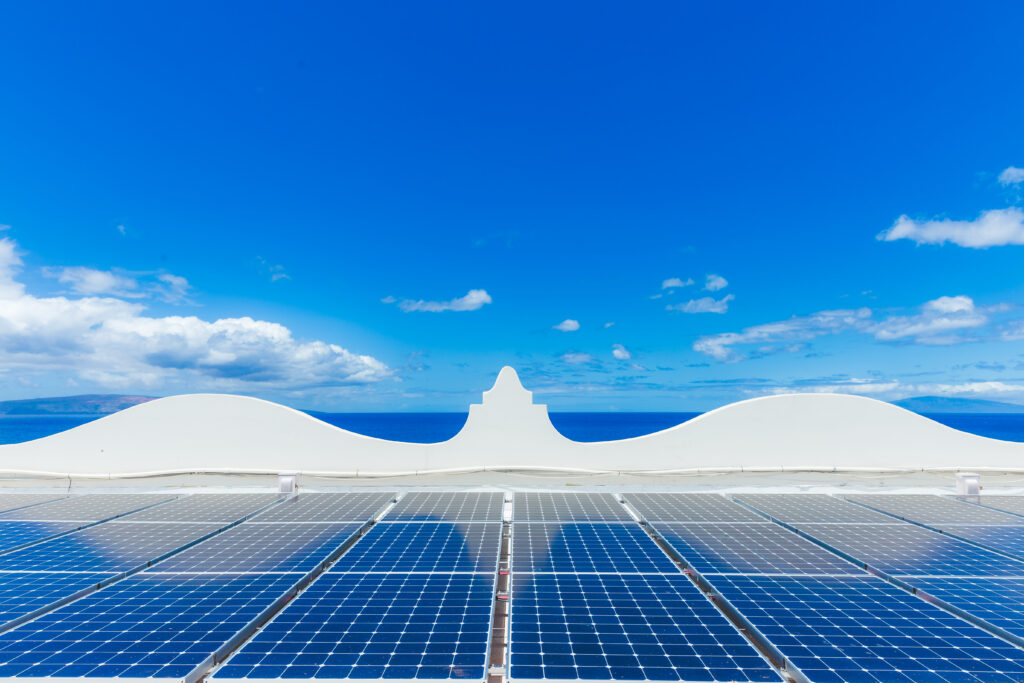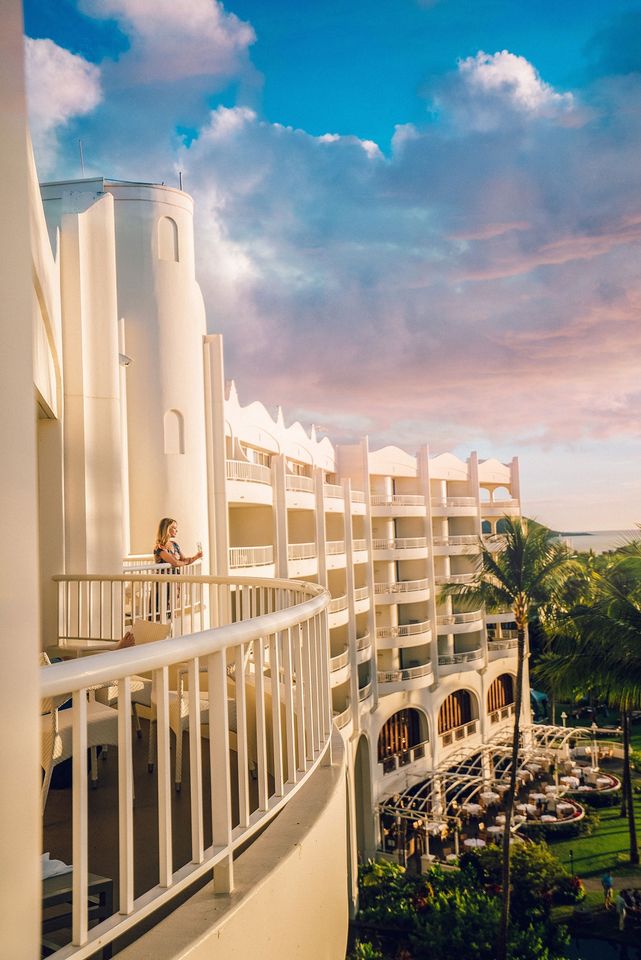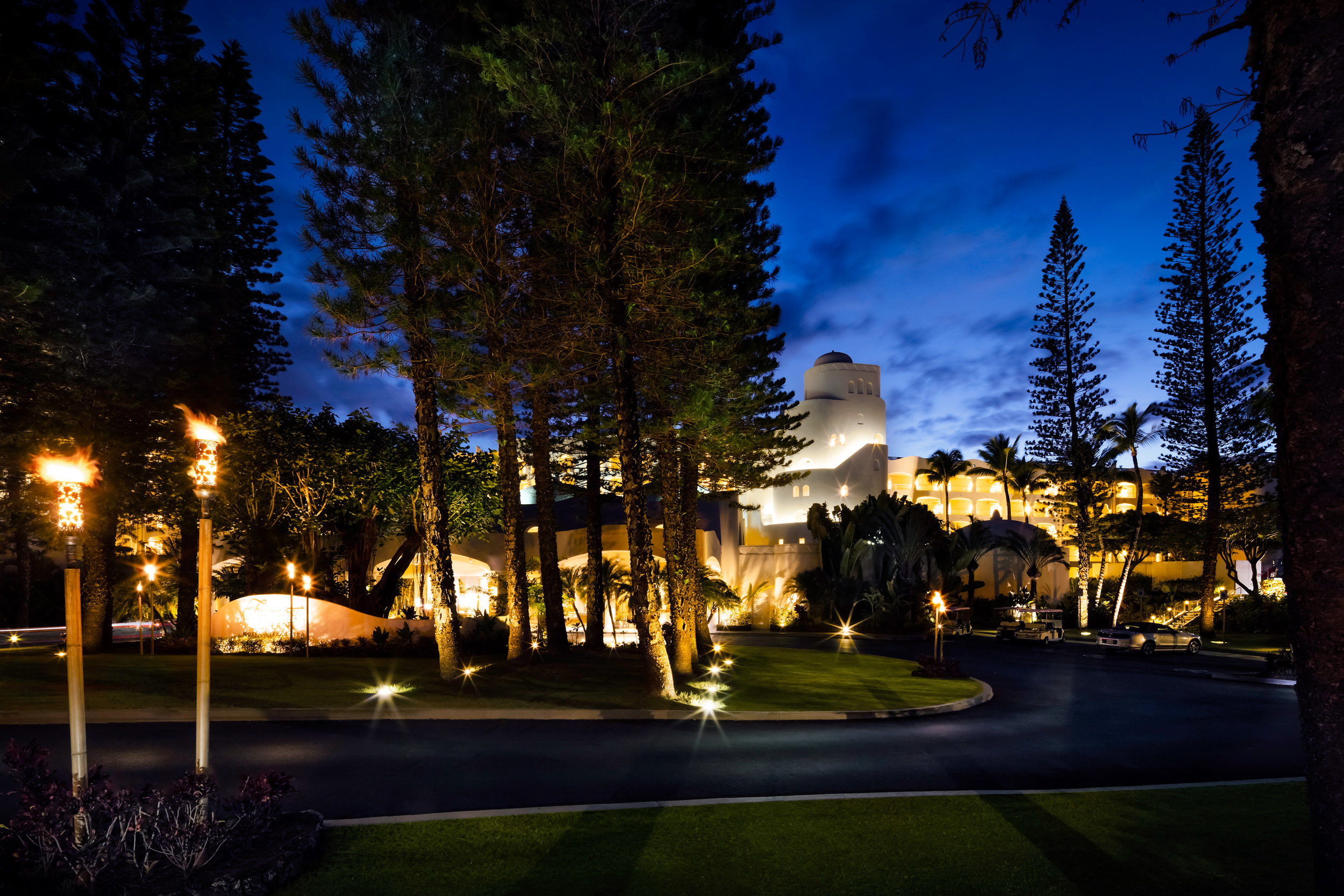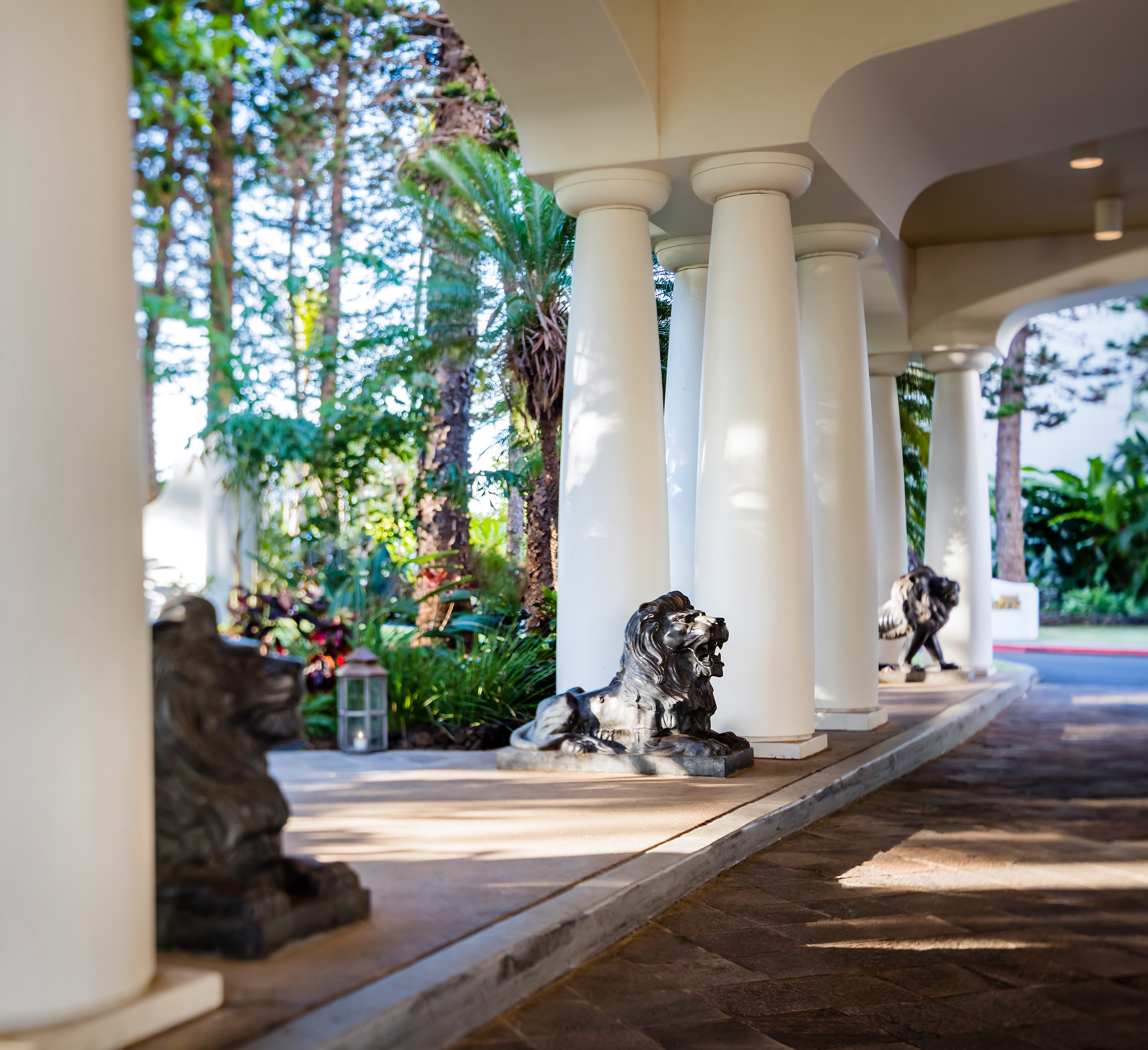Fairmont Kea Lani’s Distinctly Hawaiian Architecture
In Hawaiian, Kea Lani means “heavenly white”, an appropriate description of the Fairmont Kea Lani, Maui. Similar to the white plumeria, a striking flower commonly found along the Island’s shoreline and one of the resort’s inspirations, the Fairmont Kea Lani distinguishes itself quite notably even among its esteemed and architecturally pleasing peers. Many are surprised to learn that this remarkable resort reflects homage to traditional Hawaiian architectural influences.
A History of Inspiration
The resort opened in December of 1991, however, the conceptual design of the hotel began in 1986 with Jose Luis Ezquerra, an authority nonpareil in Middle Eastern and Mediterranean art, architecture and archeology.
The architect and his design team were enthusiastic about justifying the Kea Lani concept culturally and imbuing it with Hawaiian eccentricity. Indeed, before the first drafting pencil was lifted, priority one became getting to know their canvas. Ezquerra first turned to Donald Graham. A well-respected individual with a love for the Islands since 1943, Graham housed an extensive library on Hawaiʻi. He proved to be a valuable source of information.
“It is true that Kea Lani is an architectural descendant of Las Hadas,” confirms Ezquerra whose Manzanillo seaside property changed the face of international resort architecture. “However, the professional work of the project’s co-architect Francis Oda, Group 70 Honolulu was notable in the adaptation of the pragmatic, constructive and finishing realities of Hawaii.”
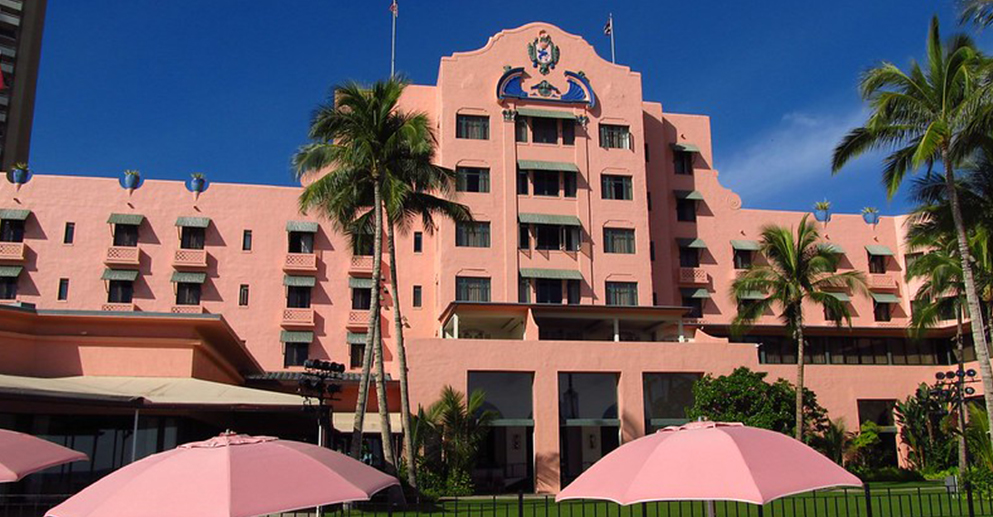
“Royal Hawaiian Hotel” by Jasperdo is licensed under CC BY 2.0
As he interpreted Hawaiian architecture, Ezquerra sought a cultural link between the Kea Lani and two other native landmarks. He accomplished his goal with truly eye-opening results. The first was the architecture of the Royal Hawaiian Hotel. Built in 1927 on Hispano-Mexican and native models, the Royal Hawaiian Hotel is without doubt the heart and soul of Waikiki.
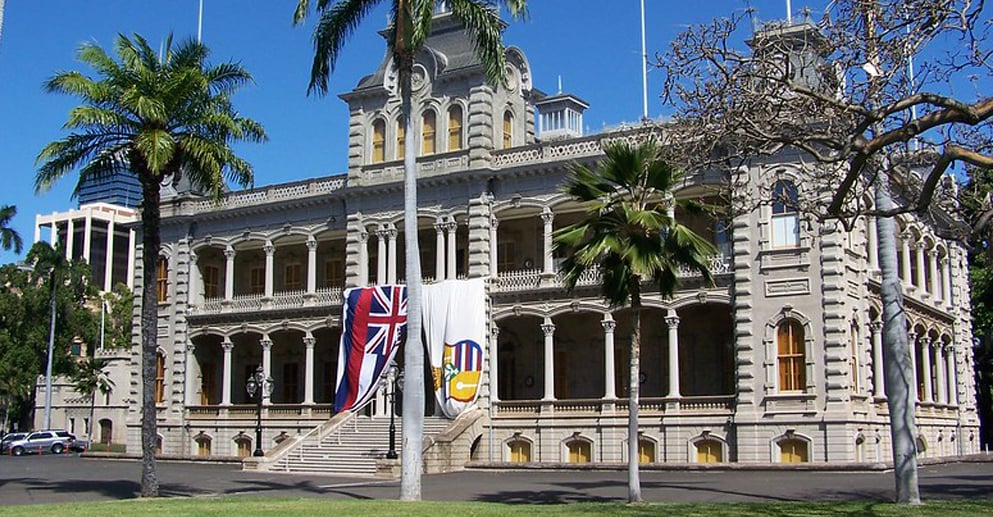
“ʻIolani Palace” by Joel is licensed under CC BY 2.0
Ezquerra’s next choice was the ʻIolani Palace, now a museum in Honolulu. Neo-classical and white, it was built by King Kalakaua and carries the distinction of being the only royal palace in the United States. Several of Honolulu’s banks also share the same neo-classical themes and decorative elements quite typical of the Islands.
